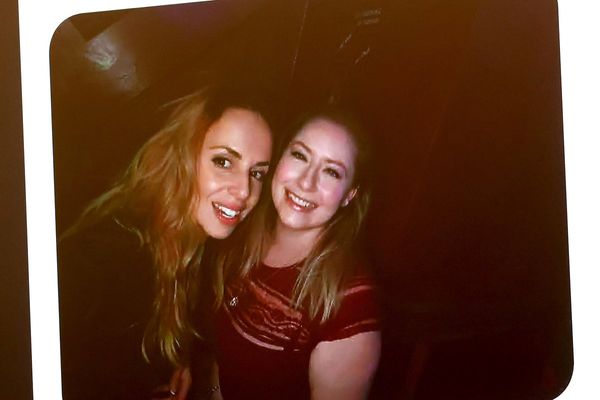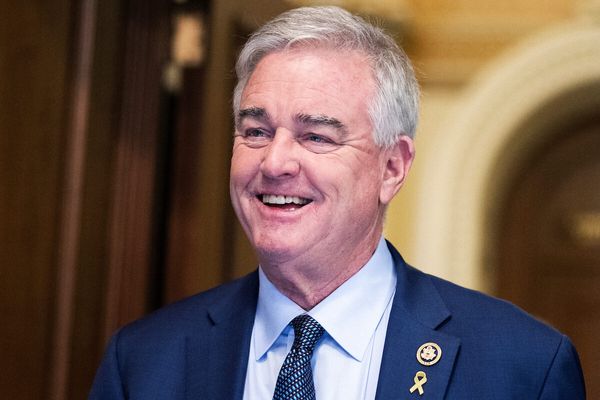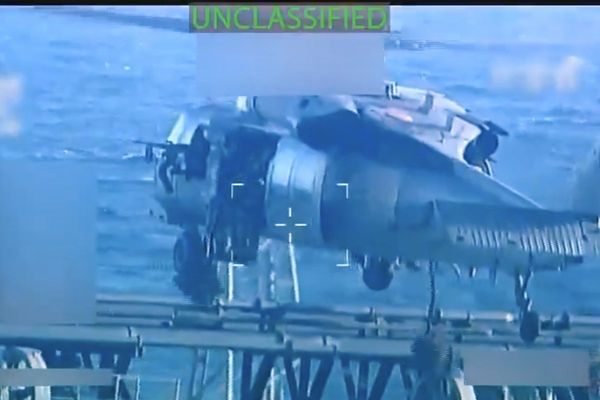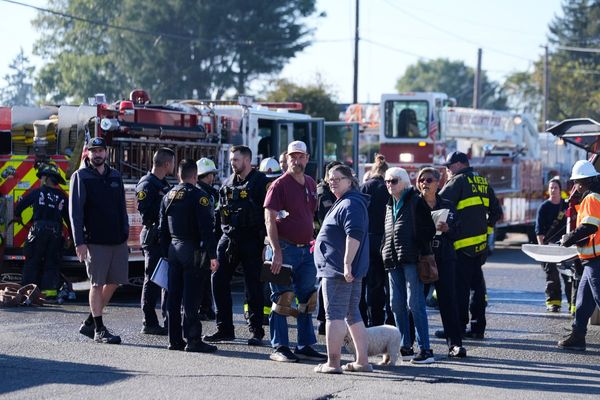
As authorities at the federal and state levels parse the details of the fatal shooting of far-right activist Charlie Kirk at a university in Utah, a recently passed state bill that allows people with concealed-carry permits to carry firearms openly on college campuses has drawn fresh scrutiny.
Utah has allowed for permitless open and concealed carry of weapons since 2021. But before the passage of HB 128, firearms had to be concealed when carried on college campuses. The law allowed people with the proper permit to carry them openly.
When the law passed in August, university staff voiced concerns about what carrying could mean for classroom emergencies that might require students to act as armed responders and their presence in laboratories where harmful and potent chemicals were stored.
While it’s unclear whether the suspected shooter, 22-year-old Tyler Robinson, was legally allowed to own the hunting rifle used in the shooting, or have one on a university campus, the proximity between the bill’s passing and the shooting has pushed the law into headlines across the US.
The bill did not come in a vacuum, but added to Utah’s already second amendment-friendly legislative landscape. The state doesn’t have extreme risk protection orders (Erpo), known as red-flag laws, which allow people such as police officers and family members to petition a judge to have someone’s firearms temporarily taken away. It is one of 29 states that allows people to carry concealed firearms without a permit. It has a law aiming to get guns out of the hands of people in crisis, but requires people to flag themselves in the federal background check system.
When Utah lawmakers have addressed campus safety, their efforts have typically centered on K-12 schools, where there is a greater expectation and need for campuses to be largely closed to the public.
There, in lieu of policies restricting gun access and training requirements for prospective concealed-carry permit applicants, the state has leaned into legislation meant to make it harder for shooters to enter and move freely around schools – for example, by adding doors with automatic locks, surveillance cameras and fencing. This approach, known as school hardening, is to deter shooters from entering schools and responding quickly to stop them and secure students.
For example, HB 119, which passed last year, incentivizes K-12 teachers to get training so they can keep a firearm in their classroom. HB 84, a sweeping piece of legislation passed in 2024, requires classrooms to have panic devices and schools to have at least one armed person – be it a school resource officer or security guard – on campus daily.
Advocates of Utah’s gun laws have argued that making sure guns are easily accessible can serve as a deterrent, whether to would-be home invaders, carjackers or shooters hoping to take advantage of “soft targets” like malls, campuses and grocery stores, and allow for armed responses if some start shooting.
“We sort of take the view here that the second amendment is very broad and a permit to carry a concealed weapon is just one obstacle in being able to exercise that right. There’s a mentality that there should be as few obstacles as possible,” said Johnny Richardson, a Utah-based attorney and former editor at the Utah Law Review.
“In effect, there’s a belief that gun control laws will impede access to those who are already law-abiding and put them at an unfair disadvantage to those who aren’t,” he continued.
While permitless carrying may have some effect on deterring offences such as robberies, it is inadequate in the face of grievance and politically driven violence, said Brandon del Pozo, an assistant professor of medicine and health policy at Brown University.
“The deterrence effect of concealed carry only applies to rational actors. And you get to a point in political extremism where you’re not dealing with rational people,” he said.
Before he went to Brown, del Pozo spent 19 years in the New York police department, and four years as the chief of police for Burlington, Vermont, where, like in Utah, permits to carry and licenses to sell firearms are not required. Del Pozo says that the circulation of guns was on his mind while planning safety for rallies and the annual city marathon, which attracts thousands of people. Through these experiences, he’s found that cities and states where many residents are armed in public can fail to account for the large presence of concealed guns and to plan to provide an accompanying level of screening.
“In places like Utah where there’s going to be a lot of guns in circulation, you have to decide when you’re going to carve out spaces where people are screened for guns,” he added.
“And if you’re a small police department, it’s hard to secure something outdoors. But if you’re coming to a provocative political rally, you need to be screened.”
In a press conference following the shooting, Utah Valley’s campus police chief, Jeff Long, told reporters that there had been six officers assigned to the Charlie Kirk event, which drew a crowd of about 3,000 people. His department coordinated with Kirk’s personal security detail, he said.
Students who attended the event noted that there were no metal detectors or staff members checking attendees’ bags, according to the Associated Press.
• This article was amended on 14 and 15 September 2025 to clarify the distinction between open carry and concealed carry on Utah college campuses and to refer in the headline to the Utah campus open carry rule, rather than permit.







